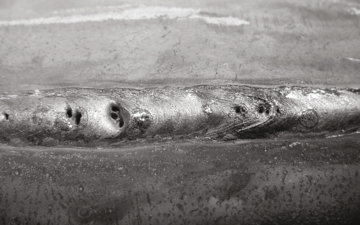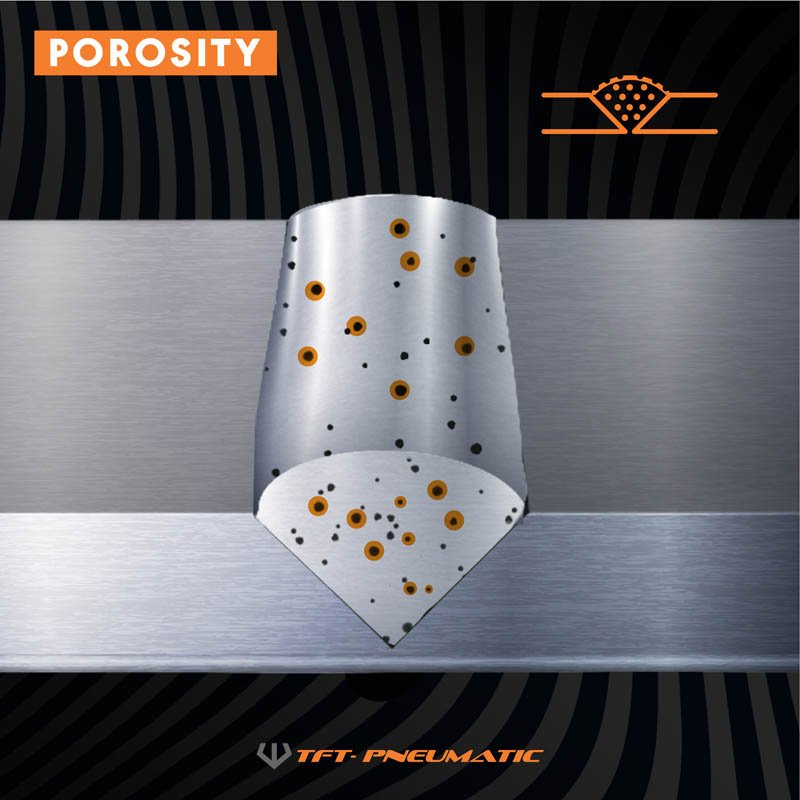What is Porosity in Welding: Necessary Tips for Getting Flawless Welds
What is Porosity in Welding: Necessary Tips for Getting Flawless Welds
Blog Article
Recognizing Porosity in Welding: Checking Out Reasons, Results, and Prevention Methods
Porosity in welding is a persistent difficulty that can significantly affect the top quality and honesty of welds. As professionals in the welding industry are well aware, recognizing the reasons, effects, and avoidance techniques associated with porosity is vital for achieving durable and trusted welds. By delving into the origin of porosity, analyzing its detrimental effects on weld quality, and checking out effective avoidance approaches, welders can improve their understanding and abilities to generate top notch welds regularly. The complex interaction of factors adding to porosity needs a detailed understanding and an aggressive approach to guarantee effective welding end results.
Typical Reasons For Porosity
Contamination, in the form of dirt, grease, or rust on the welding surface, produces gas pockets when warmed, leading to porosity in the weld. Inappropriate protecting takes place when the shielding gas, frequently utilized in procedures like MIG and TIG welding, is incapable to totally safeguard the liquified weld swimming pool from reacting with the surrounding air, resulting in gas entrapment and subsequent porosity. In addition, poor gas coverage, often due to wrong circulation prices or nozzle positioning, can leave components of the weld vulnerable, enabling porosity to form.
Results on Weld High Quality
The presence of porosity in a weld can dramatically compromise the total quality and honesty of the welded joint. Porosity within a weld develops voids or tooth cavities that compromise the framework, making it a lot more at risk to fracturing, deterioration, and mechanical failure. These spaces act as tension concentrators, decreasing the load-bearing ability of the weld and raising the possibility of early failing under used stress. Additionally, porosity can additionally function as potential sites for hydrogen entrapment, more aggravating the deterioration of the weld's mechanical homes.
In addition, porosity can prevent the effectiveness of non-destructive screening (NDT) strategies, making it challenging to find various other problems or suspensions within the weld. This can result in considerable security problems, especially in crucial applications where the architectural stability of the bonded elements is vital.

Avoidance Techniques Overview
Provided the harmful impact of porosity on weld high quality, efficient prevention methods are essential to maintaining the architectural stability of bonded joints. In addition, selecting the proper welding parameters, such as voltage, existing, and take a trip rate, can help minimize the threat of porosity formation. By incorporating these avoidance strategies into welding methods, the occurrence of porosity can be substantially lowered, leading to stronger and extra reputable welded joints.
Importance of Correct Shielding
Proper securing in welding plays a critical function in avoiding atmospheric contamination and making sure the stability of bonded joints. Securing gases, such as argon, helium, or a mix of both, are frequently used to safeguard the weld pool from reacting with components airborne like oxygen and nitrogen. When these reactive elements come right into call with the warm weld swimming pool, they can create porosity, causing weak welds with decreased mechanical residential properties.

Poor shielding can cause numerous defects like porosity, This Site spatter, and oxidation, compromising the structural stability of the bonded joint. Adhering to proper protecting methods is necessary to create premium welds with minimal issues and make certain the durability and dependability of the welded elements.
Tracking and Control Techniques
Exactly how can welders efficiently keep an eye on and manage the welding process to make sure optimum outcomes and protect against defects like porosity? By constantly checking these variables, welders can recognize deviations from the ideal conditions and make instant modifications to stop porosity formation.

In addition, implementing appropriate training programs for welders is necessary for monitoring and controlling the welding procedure successfully. What is Porosity. Enlightening welders on the relevance of maintaining regular specifications, such as appropriate gas protecting and travel try this website rate, can assist prevent porosity concerns. Routine analyses and accreditations can likewise guarantee that welders are proficient in monitoring and managing welding processes
Furthermore, using automated welding systems read what he said can boost tracking and control abilities. These systems can precisely manage welding specifications, lowering the possibility of human error and ensuring regular weld top quality. By incorporating sophisticated tracking modern technologies, training programs, and automated systems, welders can successfully keep an eye on and manage the welding process to reduce porosity flaws and accomplish high-grade welds.
Conclusion

Report this page